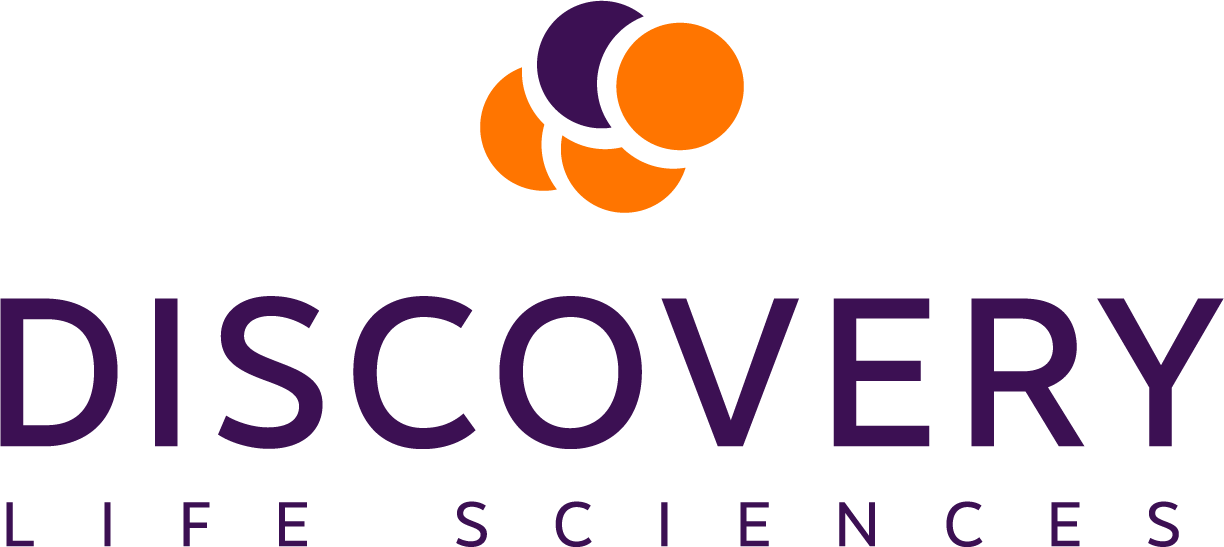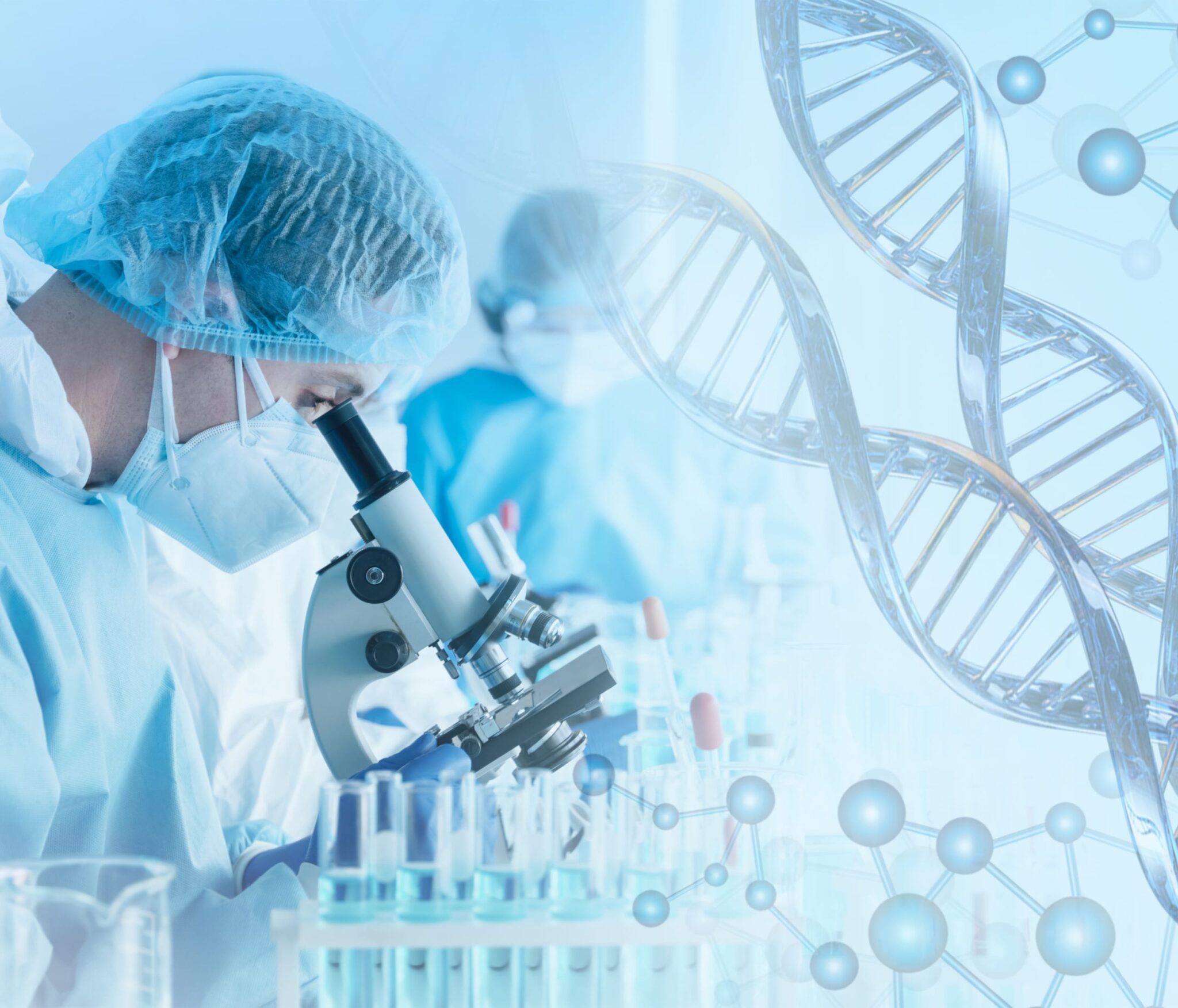Discover how Discovery Life Sciences enhances genomics with our proprietary dual DNA/RNA extraction method. Rita Hughley, Senior Director, Genomics Lab Operations highlights how we maximize nucleic acid yields from PAXgene Blood Tubes to deliver reliable RNA sequencing data for clinical trials and research. Explore our advanced protocols and high-throughput NGS capabilities that propel precision medicine forward.
Transcript
The goal of collecting bio specimens during clinical trials is to gain multi-omics insights that deepen the understanding of disease mechanisms, treatment responses, and patient variability. So, researchers aim to extract as much meaningful data as possible from the limited and very precious samples available.
In clinical trials researchers are usually challenged with maximizing genomic data output from increasingly smaller tissue for tumor samples, and so while tissue biopsies remain the gold standard to diagnose cancer, it is a very invasive procedure and cannot be used in some cases. And so in those cases, PAXgene blood RNA is commonly used as a non-invasive method to preserve blood samples from oncology trials for extracting nucleic acids. RNA seq is widely used in biomedical research to measure gene expression by analyzing the continuously changing cellular transcriptome. Understanding the transcriptome is essential in identifying potential biomarkers for disease diagnosis, prognosis, and treatment response.
At the same time, while whole exome and whole genome sequencing has proven itself as a very powerful, unbiased technology for identifying molecular diagnosis in patients with diseases, analysis of variance throughout the genome allows for the discovery of new gene and disease relationships, expansion of the phenotypic spectrum of some disorders, and the identification of multiple genetic disorders, contributing to a complex clinical presentation.
The quality of the sequencing data is directly impacted by the quality of DNA and RNA that can be extracted from various biomaterials. RNA is inherently unstable, highly sensitive to RNA’s degradation, and susceptible to contamination.
We’ve developed a proprietary dual nucleic acid extraction protocol that enables DNA and RNA extraction from the same clinical PAXgene blood sample without compromising yield or quality. Our optimized dual extraction method expands the analytical possibilities from a single PAXgene blood sample. Researchers are able to get the benefit of both RNA and DNA analysis, effectively doubling their data output without doubling the sample input. This means material can be allocated for additional workflows so researchers can extract even more layers of data.
Our industry leading proprietary dual nucleic acid extraction method coupled with our optimized and validated RNA sequencing, whole exome sequencing, and whole genome sequencing library preparation methods all yield high quality data from biospecimens, like PAXgene RNA. These methods require minimum sample utilization, only 50 to 100 nanograms of input for RNA and 100 to 200 nanograms for DNA. This preserves precious sample material, allowing researchers to derive more comprehensive and multi-omic analysis. The optimized library preparation methods meet key sequencing quality metrics and show very high-quality fusion detection, accuracy, sensitivity, and specificity.
Discovery is helping researchers do more with less by maximizing the data potential from very limited clinical samples to accelerate the development of new therapies and improve the future of patient care.


